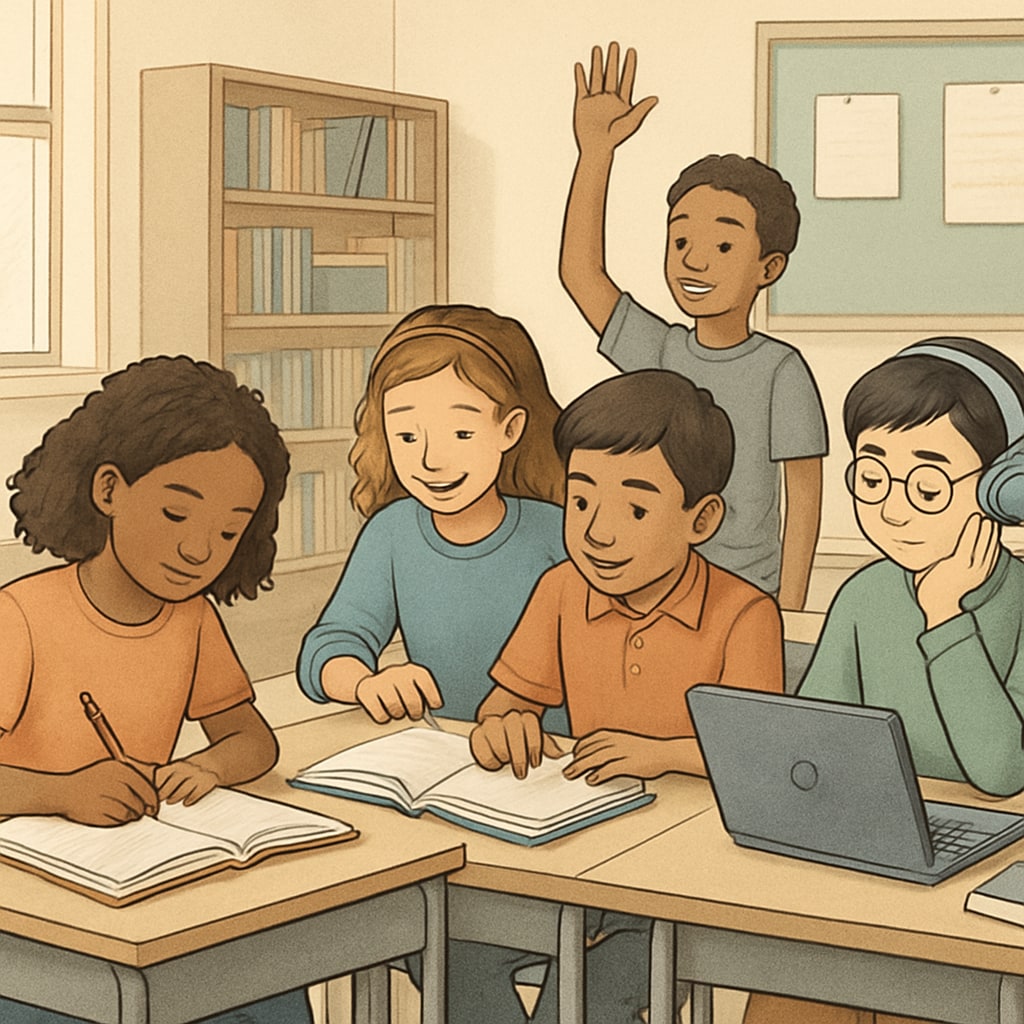Understanding and implementing effective learning strategies is a cornerstone of modern education. Through research surveys, learning methods, and questionnaires, educators can gain valuable insights into students’ needs and challenges. This article explores how a systematic approach to evaluating K12 students’ learning methods can lead to optimized teaching strategies and the fostering of lifelong learners. By investigating prevailing issues and analyzing survey results, educators and policymakers can better tailor their efforts to support students’ academic growth.
Why Researching Learning Methods Matters
In the fast-evolving landscape of education, traditional teaching methodologies often fail to address the diverse needs of students. Research surveys aimed at understanding learning methods provide a pathway to bridge this gap. Such surveys help educators gain a deeper understanding of how students absorb, process, and retain information.
For example, some students excel with visual aids, while others prefer hands-on activities or verbal instruction. Without a clear understanding of these preferences, educators may unintentionally create barriers to effective learning. By using data from questionnaires, schools can uncover trends and patterns that reveal what works best for their student populations.
- Personalization: Surveys can highlight individual learning styles, enabling teachers to adapt their methods accordingly.
- Problem Identification: Common challenges, such as time management or lack of focus, can be identified and addressed.
- Data-Driven Decisions: Educators can make informed choices backed by evidence rather than intuition.

Challenges in Current Educational Practices
Despite the growing awareness of the need for personalized education, several obstacles persist. Many schools still rely on one-size-fits-all approaches that overlook individual differences among students. Additionally, the pressure of standardized testing often limits teachers’ ability to experiment with innovative learning methods.
Other challenges include:
- Lack of Resources: Schools may not have the tools or funding to implement differentiated teaching strategies effectively.
- Teacher Workload: Customizing lessons for each student can be time-consuming, especially for teachers managing large classes.
- Resistance to Change: Both educators and parents may be hesitant to deviate from traditional methods.
However, these challenges can be mitigated through systematic research and collaboration. Surveys provide a foundation for identifying gaps and prioritizing improvements, ensuring that every student has an opportunity to thrive.

Designing Effective Surveys for Educational Insights
Creating a meaningful questionnaire is an art and a science. To ensure accurate and actionable results, surveys should be:
- Targeted: Focus on specific aspects of learning, such as study habits, preferred teaching methods, or challenges faced in particular subjects.
- Comprehensive: Include a mix of quantitative (e.g., rating scales) and qualitative (e.g., open-ended questions) data.
- Inclusive: Ensure that questions are accessible to students of all ages and abilities.
For instance, a well-designed survey might ask: “Which study methods do you find most helpful?” or “What challenges do you face when preparing for exams?” These questions can reveal insights into what motivates students and where they struggle, guiding educators in implementing changes.
Translating Survey Results into Action
Conducting a survey is only the first step; the real impact lies in applying the findings. Once data is collected and analyzed, schools can develop targeted interventions and measure their effectiveness over time. Key steps include:
- Sharing Results: Present findings to teachers, parents, and students to foster a collaborative atmosphere.
- Developing Strategies: Use insights to design programs that address identified gaps, such as study skills workshops or peer mentoring systems.
- Continuous Evaluation: Regularly update surveys and track progress to ensure that changes are effective.
By prioritizing student feedback and making data-informed decisions, schools can create a dynamic learning environment that adapts to evolving needs.
Conclusion: Paving the Way for Lifelong Learning
The importance of understanding K12 students’ learning methods cannot be overstated. Through research surveys, learning methods, and questionnaires, educators have the tools to unlock students’ full potential. By addressing challenges and implementing evidence-based strategies, schools can cultivate lifelong learners equipped to navigate the complexities of the modern world.
Future efforts should focus on refining survey methodologies and expanding their reach to include diverse student populations. As the education system continues to evolve, the insights gained from these surveys will play a pivotal role in shaping more inclusive and effective teaching practices.
Readability guidance: Short paragraphs, clear headings, and bullet points have been used to enhance comprehension. Overuse of passive voice has been avoided, with a focus on actionable insights and practical advice.


